Current Trend of Antibiotic Use for Urological Disease in South Korea
The proportion of antimicrobial-resistant bacteria has been rapidly growing all over the world, especially in Asia. In addition, emergence, spread and persistent of multidrug-resistant bacteria increase the risk of disease spread, severe illness and death, which is recognized as one of the greatest threats to global health. Given these circumstances, the appropriate use of an antimicrobial agent is fundamental for treating UTI, and to select the optimal antibiotics, it should be based on the microbiological characteristics of the community and the corresponding antibiotic susceptibility information. Therefore, continuous investigation and monitoring of AMR are necessary to obtain correct information on the distribution, microbiological characteristics, and antibiotic susceptibility for uropathogen in the community.
In the World Health Organization's 2014 global surveillance report on antibiotic resistance, the increase in resistance to cephalosporin and fluoroquinolone antibiotics among the major causative bacteria of urinary tract infections was raised as a serious problem for global health, and Korea, also.
In general, some of the urine sediment test items are used to diagnose urinary tract infections, but the traditional method relies on a microscope. However, even if a standardized test method is used, the microscopic measurement method may show differences depending on the variation and skill level of the operator, and has the disadvantage of low reproducibility due to subjective interpretation of test results and a long time required for testing.
Recently, various attempts have been made to overcome the shortcomings of the traditional microscopic observation of urine sediment, and in particular, automated urine sediment analyzers have been developed and are being actively used.
In the case of UF-5000, a fully automatic urine sediment analyzer, sensitivity and specificity have been improved compared to existing microscopic measurement methods in detecting bacteria, and in particular, information on suspected Gram positive and Gram negative bacteria is provided as a flag message for bacterial culture. Provides information that can be used as the basis for empirical treatment until screening and culture results are obtained.
